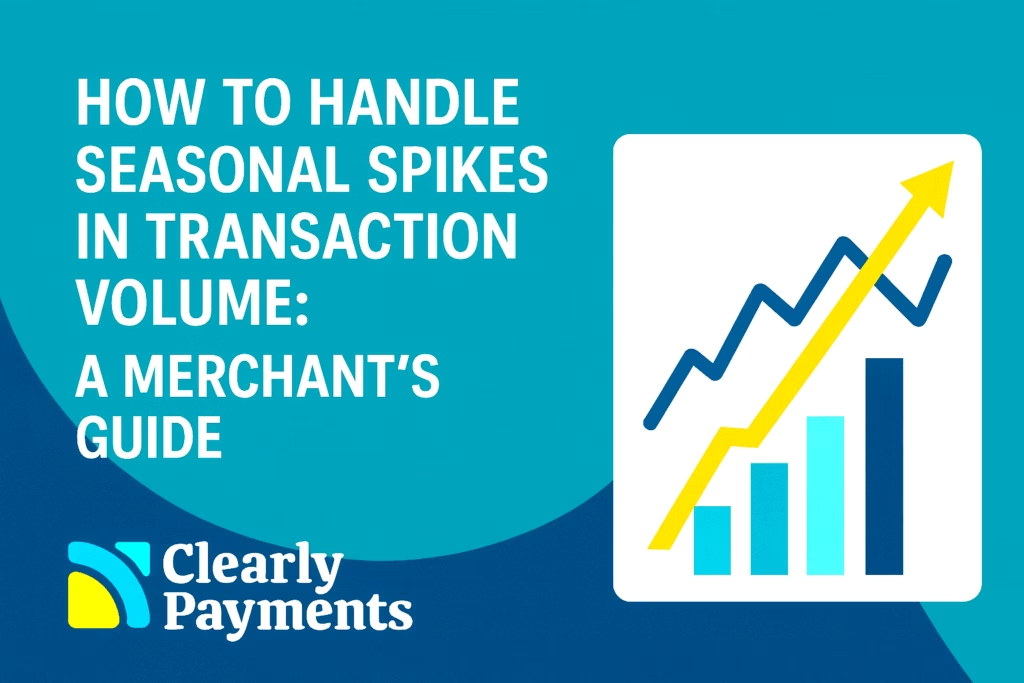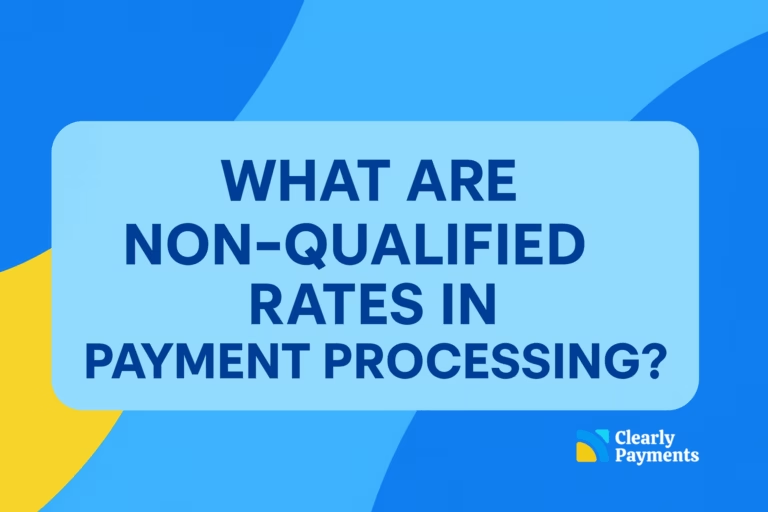For many merchants, sales don’t flow at a steady pace year-round. Instead, they surge during certain months, holidays, or promotional periods, whether it’s Black Friday, back-to-school season, or summer travel spikes. While these spikes can significantly boost revenue, they also bring operational and financial pressures: increased processing volumes, higher customer support demand, and potential strain on payment systems.
This guide will walk you through practical steps to prepare your payment infrastructure, protect your business, and maximize profit during peak seasons.
Seasonal Transaction Trends and Statistics
First, let’s go over some statistics on seasonality. These help merchants plan ahead. Here are some recent data points and industry statistics to keep in mind:
Peak Season Volume
- Retailers process up to 50–80% more transactions in November and December than during off-peak months.
- In Canada, December alone accounts for 12–14% of total annual retail sales.
- On Black Friday 2024, Visa and Mastercard together processed over 55,000 transactions per second at peak.
- In eCommerce, order volumes can increase 2.5x to 4x during peak holiday weeks compared to baseline months.
Sector Specific Spikes
| Sector | Typical Peak Months | Average Volume Increase |
|---|---|---|
| Retail & eCommerce | November to December | 50%–120% |
| Travel & Hospitality | May to August, December | 30%–90% |
| Restaurants & Food | December, long weekends | 20%–60% |
| Fitness & Wellness | January | 40%–70% |
| Outdoor / Recreation | May to September | 35%–80% |
Card & Payment Behavior
- 89% of seasonal shoppers prefer paying with credit or debit cards, making reliable processing essential.
- Tap/contactless payments grew 21% YoY during the 2024 holiday season in North America.
- Average transaction value tends to increase by 15–30% in peak months as customers make bundled or gift purchases.
- Mobile wallet usage (Apple Pay, Google Pay) increased 17% YoY during peak retail periods.
Fraud & Risk
- Fraud attempts increase by 30–40% during seasonal peaks.
- Chargebacks tend to rise up to 50% in January and February as holiday returns and disputes are filed.
- Average fraudulent transaction value is 30% higher during holiday spikes than off-season.
Anticipate and Forecast Seasonal Patterns
The first step to managing seasonal spikes effectively is understanding your own transaction history. Look back at previous years’ data to identify:
- When your peak transaction periods occur
- How much volume typically increases (e.g., 30%, 50%, or more)
- Which channels see the most activity (online, in-person, mobile, phone)
- What products or services drive the surge
If you’re new to business or your patterns are still emerging, leverage industry benchmarks. For example, retail and hospitality often see 25–50% of their annual revenue concentrated in the final two months of the year.
Tip: Build slightly conservative forecasts so you don’t overcommit on inventory or staffing but still plan for extra capacity.
Strengthen Your Payment Infrastructure
During high transaction periods, payment failures or slow checkouts can lead to abandoned carts and lost sales. To keep transactions flowing:
- Confirm your processing limits with your payment processor. Make sure your merchant account can handle projected volume spikes without triggering fraud alerts or caps.
- Enable load balancing across multiple payment gateways (if applicable) for redundancy and speed.
- Optimize checkout flows: simplify steps, minimize page load times, and ensure your POS terminals and online checkout work smoothly.
- Review settlement timelines to ensure you won’t face cash flow delays when volumes increase.
For online merchants, downtime can be costly. Even a few minutes of disruption can mean thousands in lost revenue during peak hours. Investing in a stable, scalable payment infrastructure is key.
Manage Risk and Fraud Proactively
Fraud attempts tend to increase alongside transaction volume. Fraudsters know that during busy periods, merchants may be distracted and less likely to scrutinize individual transactions.
Here’s how to tighten your defenses:
- Set dynamic fraud rules that adjust thresholds during peak times.
- Enable AVS (Address Verification Service) and CVV checks to reduce unauthorized transactions.
- Monitor chargeback ratios closely: a sudden spike can damage your merchant account standing.
- Train staff to recognize suspicious activity in-store or on the phone.
Working with a payment processor like Clearly Payments can also help identify anomalous transaction patterns early.
Optimize Cash Flow and Working Capital
Higher transaction volumes can also mean higher processing fees, longer payout timelines, and larger refund obligations. To stay liquid during peak seasons:
- Review your settlement schedule and, if possible, arrange for faster funding.
- Maintain a reserve buffer to handle delayed payouts or unexpected expenses.
- Plan for refund and chargeback contingencies, as these can increase after big sales events.
- Consider short-term financing options to cover inventory and staffing surges.
Stable cash flow during peaks ensures you don’t get caught off guard when your operating expenses rise at the same time as revenue.
Staff Up and Streamline Operations
Operational strain can quickly undermine your payment strategy. A few simple steps can help:
- Schedule additional staff in both sales and support roles.
- Automate repetitive tasks like email confirmations, shipping updates, or loyalty points.
- Train your team on handling higher transaction volumes efficiently and accurately.
- Test your systems before the spike: POS terminals, online checkout, mobile apps, and inventory integrations.
The smoother your front-line operations, the fewer transaction errors and chargebacks you’ll face.
Communicate Clearly with Customers
High traffic periods can mean longer lines, slower delivery, or occasional errors. Transparent communication can prevent a surge in customer complaints:
- Display clear shipping and return policies on your site and receipts.
- Send automated order updates to reduce support inquiries.
- Consider temporary policies for returns or exchanges to manage volume effectively.
- Keep your help desk or chat support adequately staffed.
Clear communication builds trust, and trust converts seasonal shoppers into year-round customers.
Use Data to Turn Seasonal Spikes into Growth
Finally, your busy season provides a goldmine of data. Once the rush has passed, analyze:
- Which products or services sold best
- Where transaction bottlenecks occurred
- What channels saw the highest conversion rates
- How your fraud controls performed
- Customer acquisition and retention patterns
This insight lets you refine your strategy for the next peak — or even extend your sales window with targeted promotions and loyalty programs.




